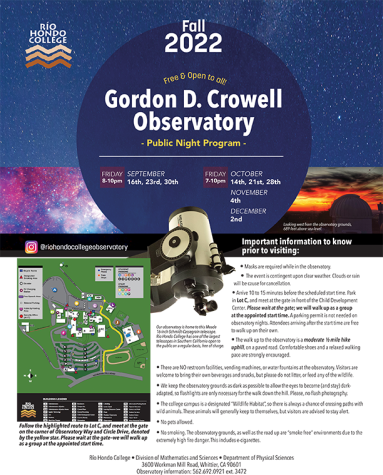Scientists discovered an 88,000 year old finger bone in Saudi Arabia
Researchers have found the oldest remains in the Nefud Desert of Saudi Arabia from early humans outside of Africa and the nearby Mediterranean Levant region. A single bone from a Homo sapiens finger which is at least 85,000 to 90,000 years old, and was published in the journal Nature Ecology and Evolution. The finger was discovered in an area rich with stone tools as well as the fossilized bones and remains of hippos and freshwater snails.
As the finger was discovered, the clues are evidence that early human migrations were likely more frequent than many people expected. Huw Groucutt who is the lead author of the University of Oxford said “ This discovery for the first time conclusively shows that early members of our species colonized an expansive region of southwest Asia and were not just restricted to the Levant”. The first Homo sapiens evolved in Africa as far back as 300,000 years ago. Early humans are known to have reached the Levant, a region of the Mediterranean adjacent to Africa, about 177,000 years ago. Researchers discovered the finger bone at a site called Al Wusta in the Nefud Desert. 90,000 years ago the site was on the bank of a freshwater lake. The site was first discovered to be significant 2014. As researchers used a method known as uranium series dating, they figured out that the finger bone dates back approximately 88,000 years. Donald O. Henry who is an anthropologist from the University of Tulsa wrote in an article “ Tracing the evolution and geographic dispersal of the human lineage is rather like connecting pitifully few dots on a vast three-dimensional grid of time and space”. The finger bone can be definitively identified as belonging to Homo sapiens and not other species of hominin. Humans may have regularly migrated from Africa to surrounding regions whenever weather supported those movements, like it would be at Al Wusta.
The finger bone found in the Nefud Desert of Saudi Arabia is the oldest fossil from Homo sapiens ever found outside Africa and the Levant. Most present-day non-Africans can trace their ancestry to a migration out of Africa that occured approximately 60,000 years ago.







